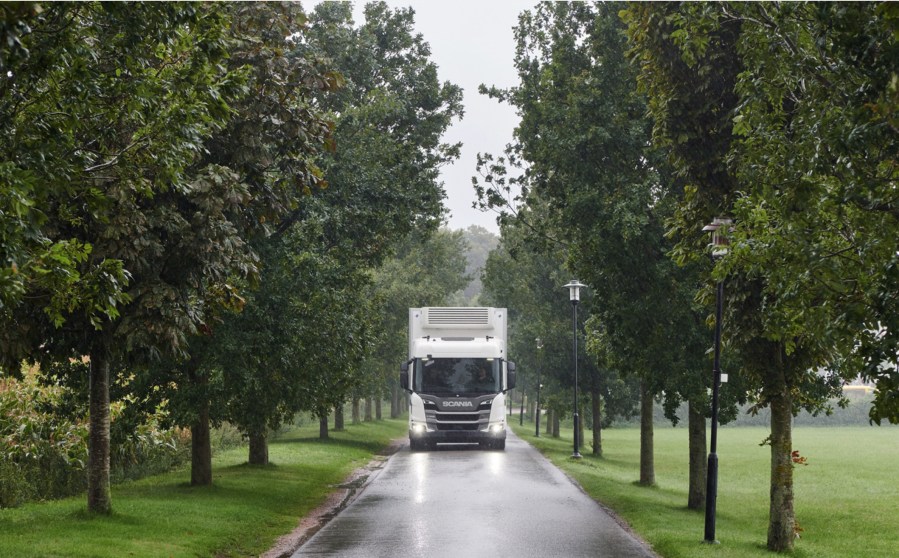Emissions reductions that have made by Scania have been enough attract attention throughout Europe.
In addition, the truck manufacturer has won the Green Truck award for four years in a row.
Therefore, it comes as little surprise to many that figures from the European Commission have also been impressed.
In fact, the EC has stated that Scania is the best OEM when it comes to reducing CO2 emissions.
Trucks, buses and coaches account for almost a quarter of CO2 emitted by road transport and 6% of total EU emissions.
Meanwhile, in 2019 EU legislated on the first-ever EU-wide CO2 emission standards for heavy-duty vehicles.
Targets were set for emissions reductions for 2025 and 2030.
Specifically, manufacturers must reduce CO2 emissions from new trucks by an average of 15% from 2025 and 30% from 2030, compared with 2019 levels.
An EU report stated Scania is best in class for energy efficiency and low CO2 emissions.
The emissions achieved by Scania were 4.7% below the CO2 target set by the EU.
Scania is the only heavy truck manufacturer that is below the EU limit; most are above.
Henrik Wentzel, senior advisor at product planning at Scania emphasised efforts made by Scania.
“The CO2 figures show that there is a clear market leader in fuel consumption – Scania,” he said.
“These figures reflect Scania’s unique and long-term work with aerodynamics and driveline.”
Meanwhile, Scania is Europe’s only heavy vehicle manufacturer to have an approved Science Based Target (SBT).
“Our ambition is to lower the climate impact in the short and medium timeframe for both SBT and EU legislation,” said Andreas Follér, head of sustainability, Scania.
“The main difference is that EU CO2 legislation is only covering Tank-to-Wheel (TtW) emissions. Our SBT are measured Well-to-Wheel (WtW).”






